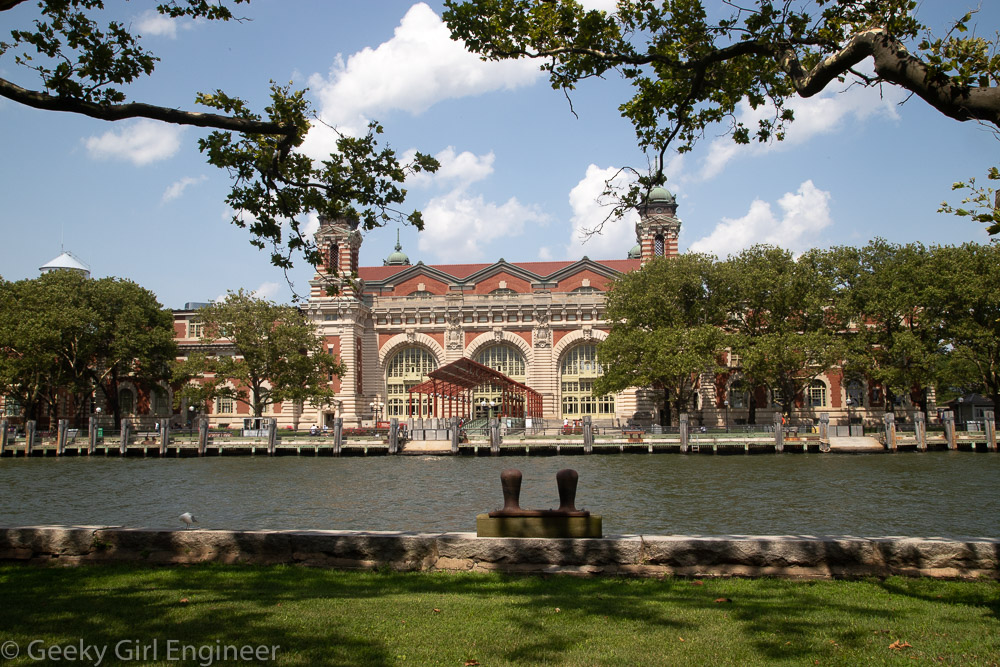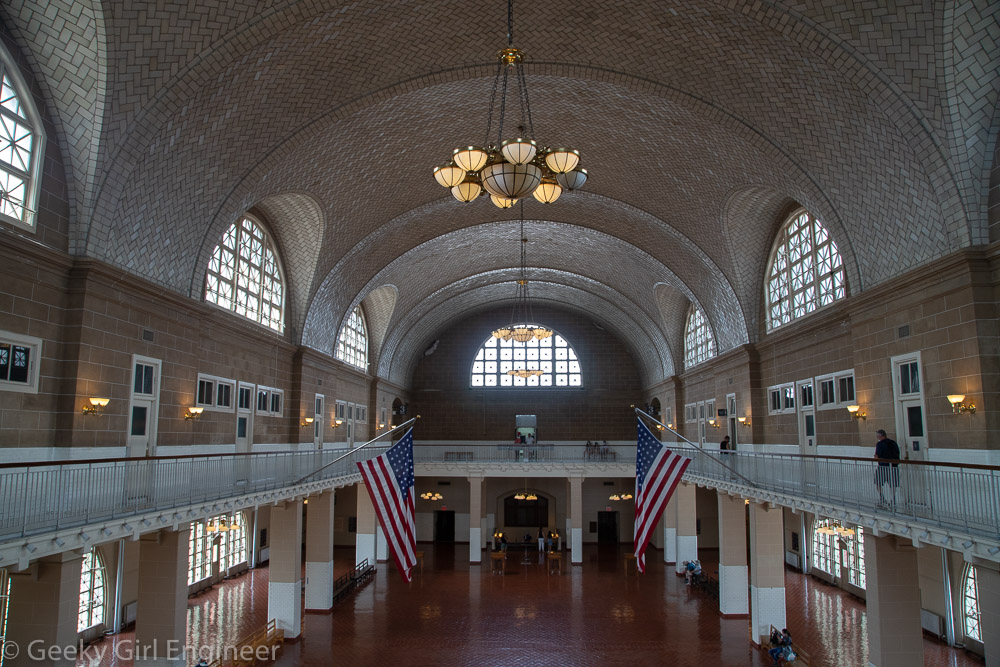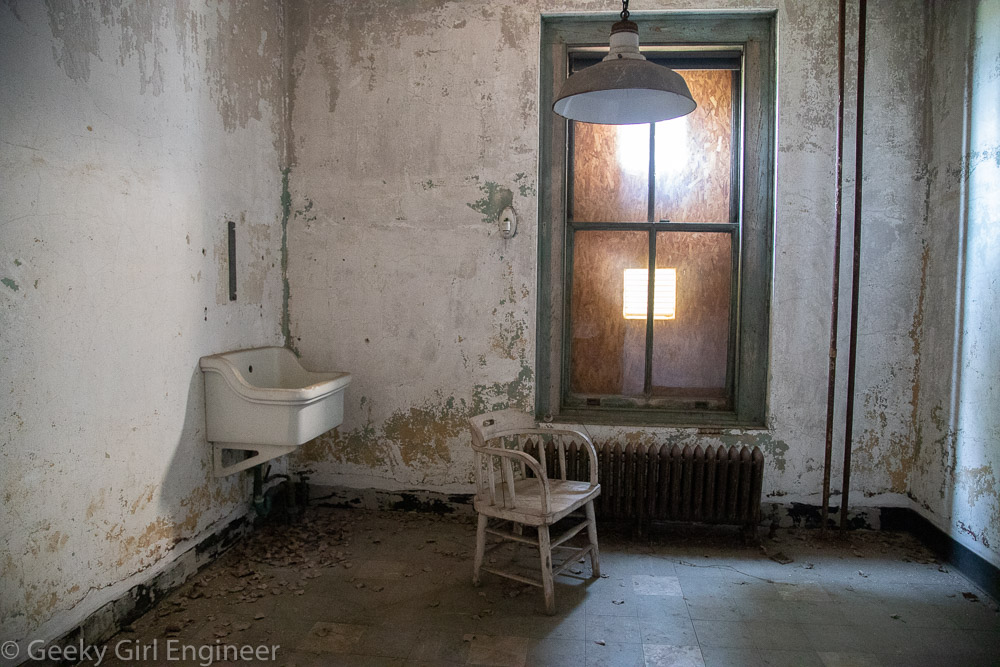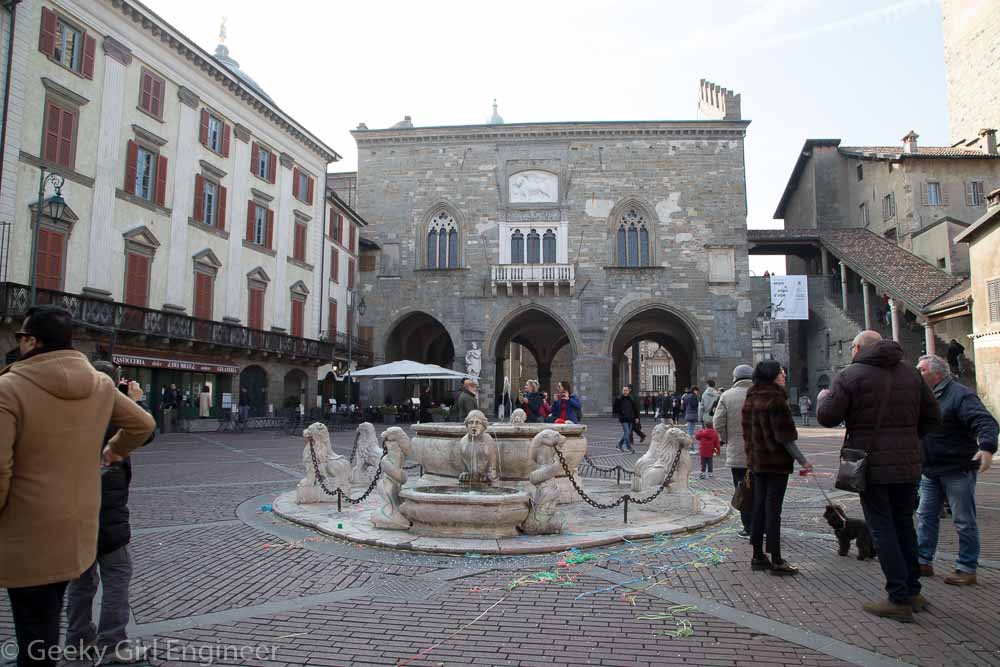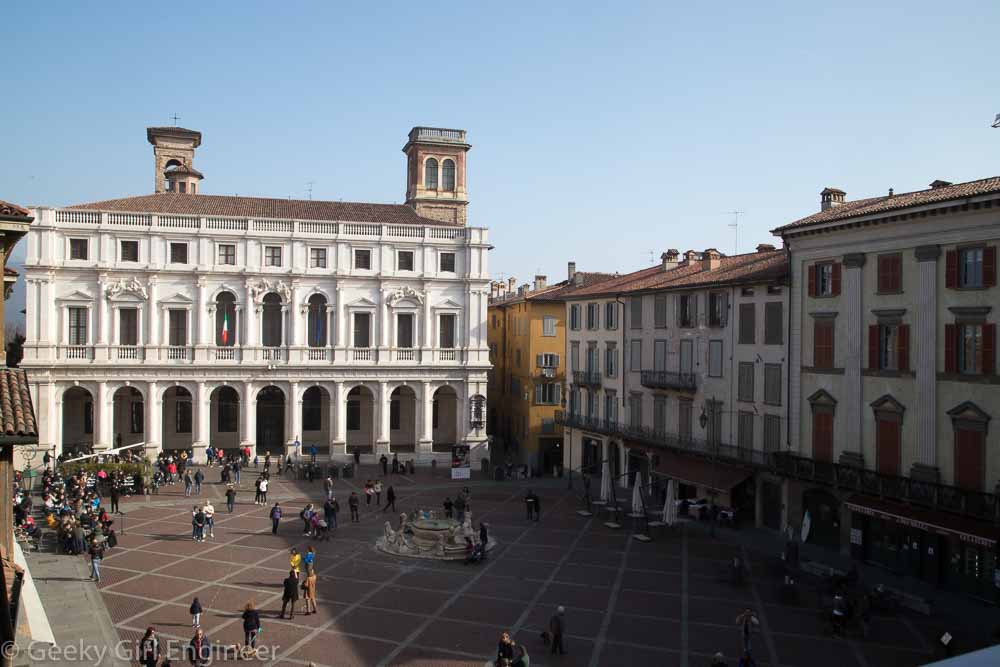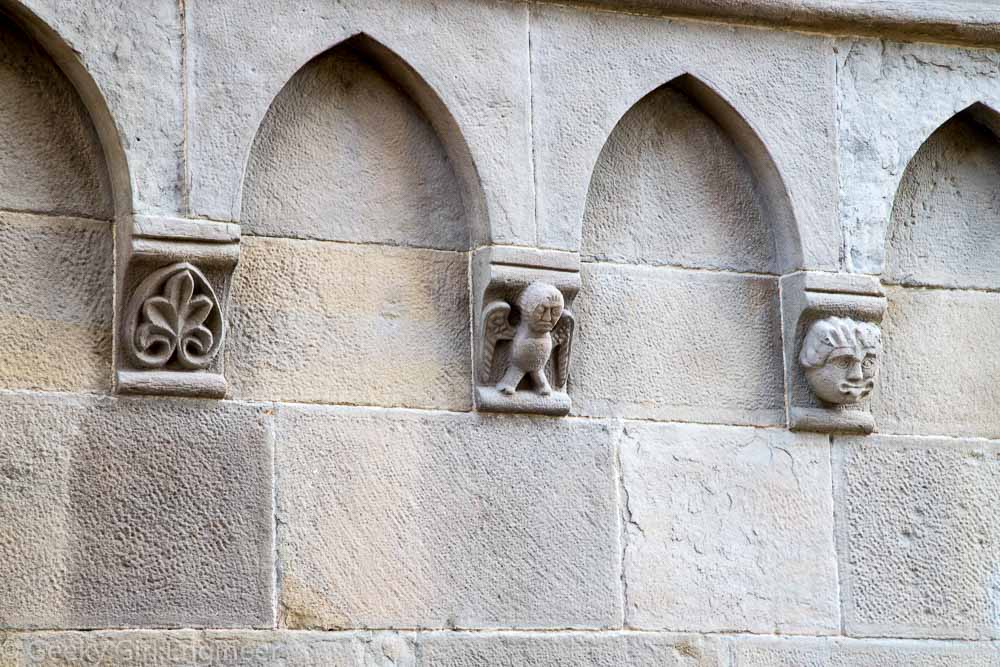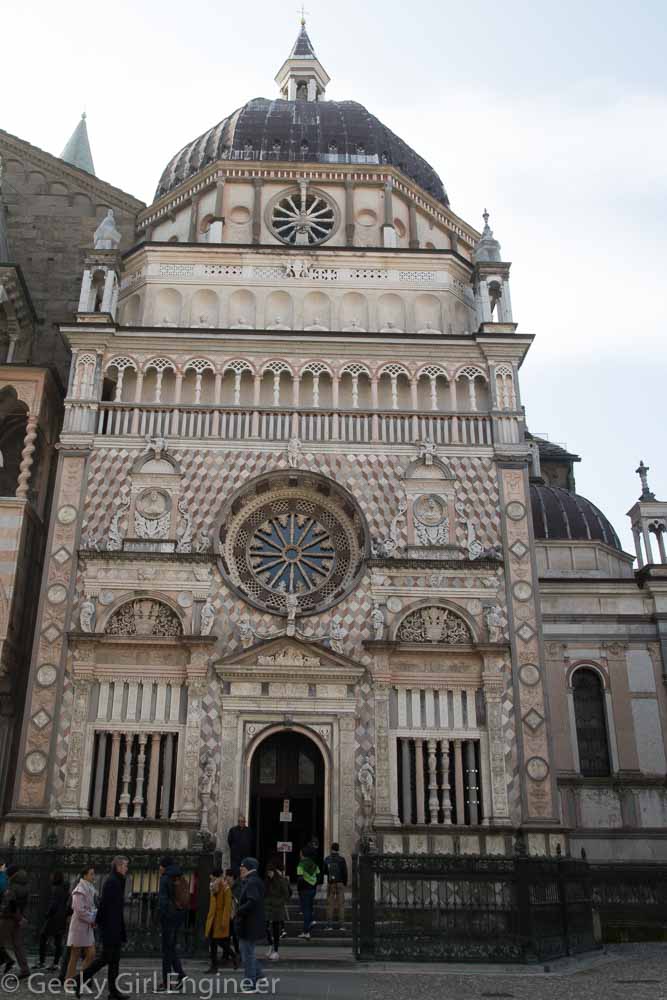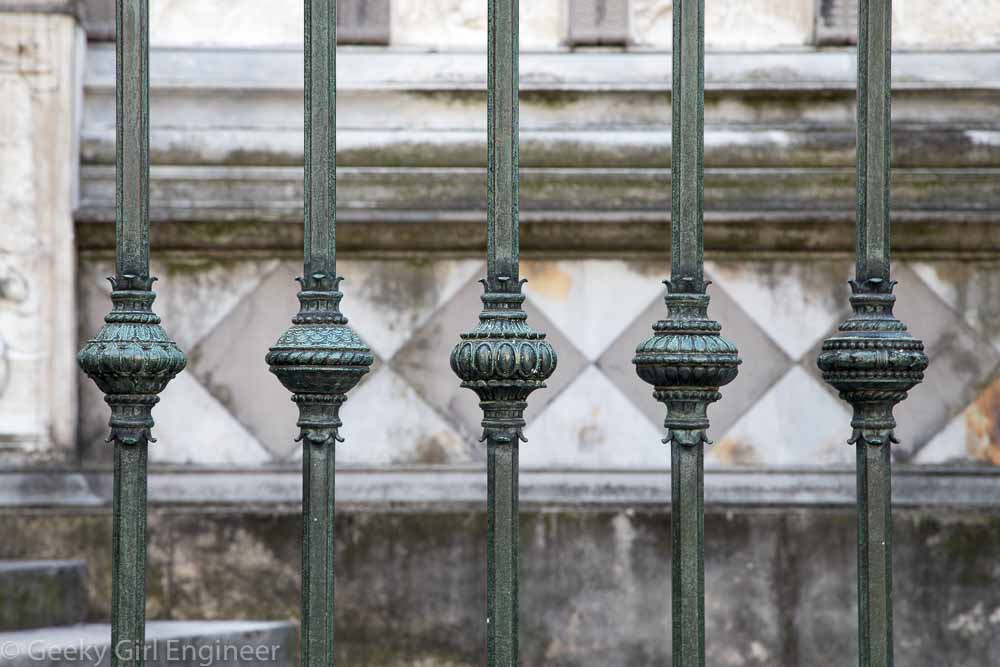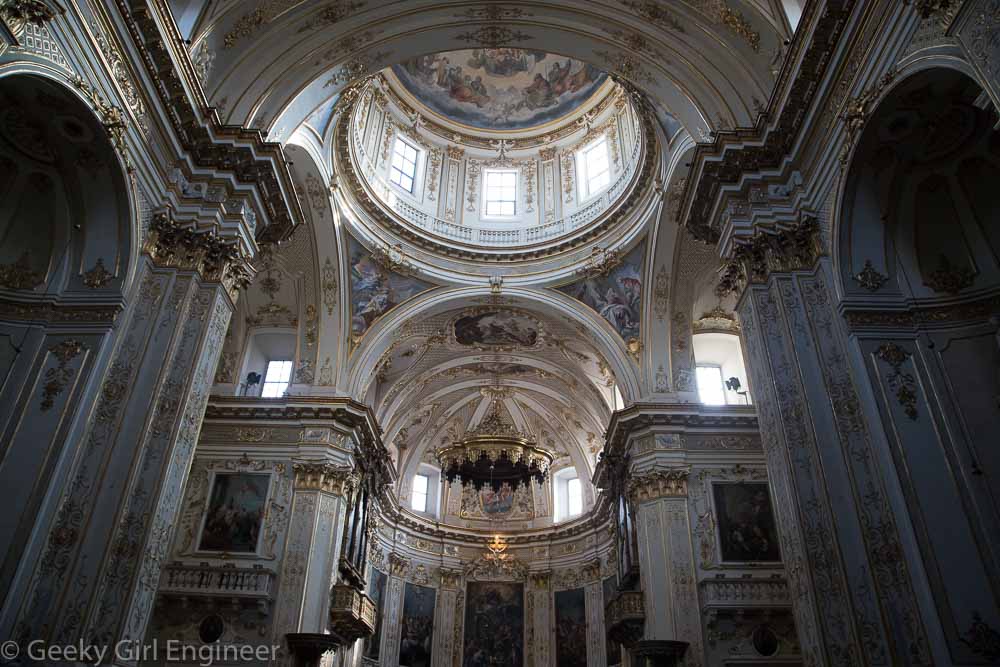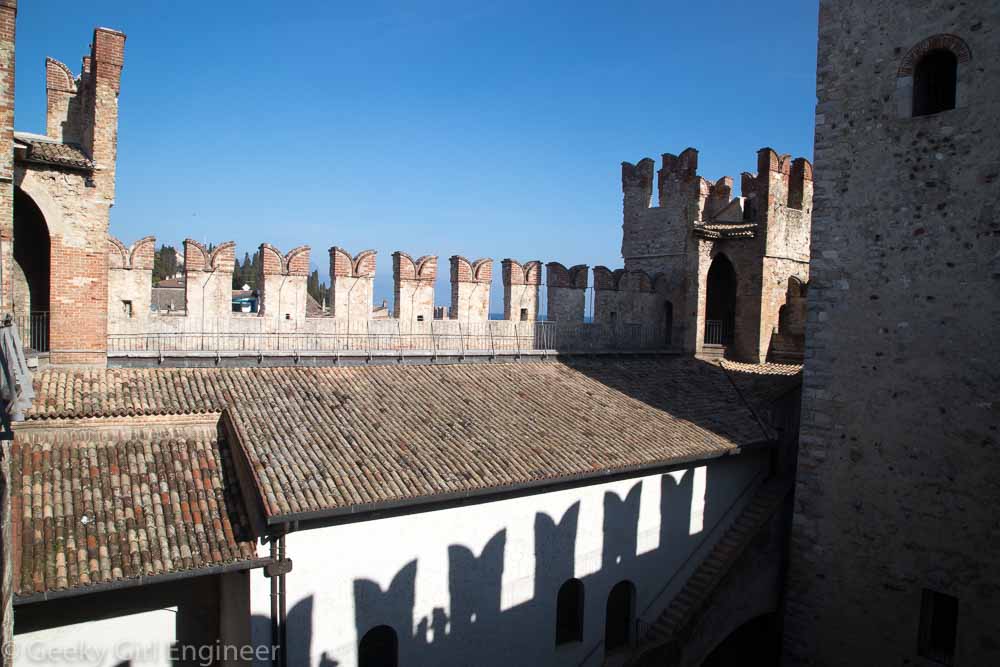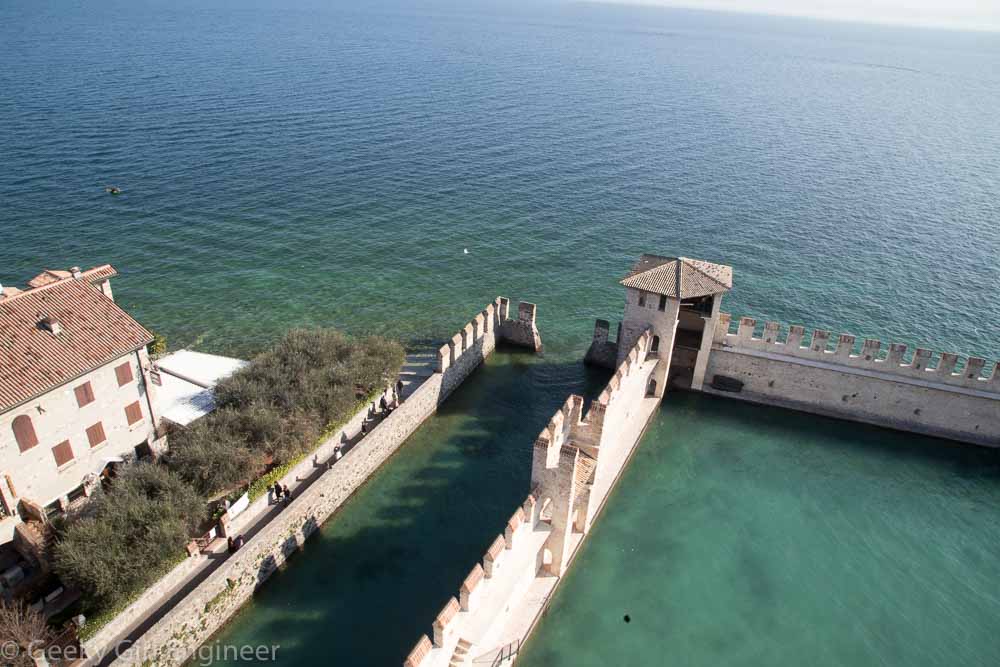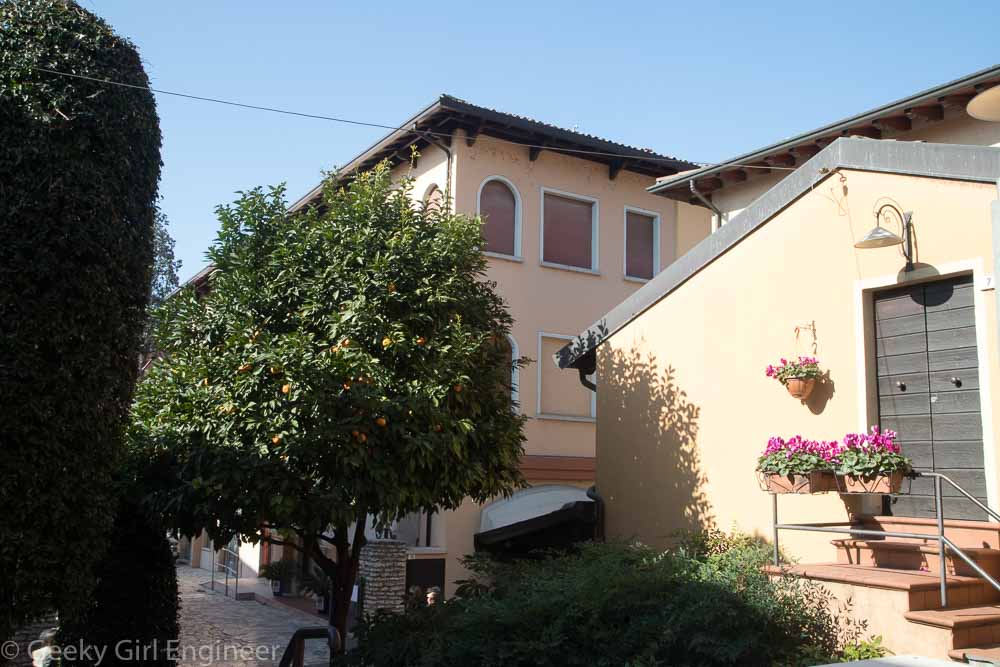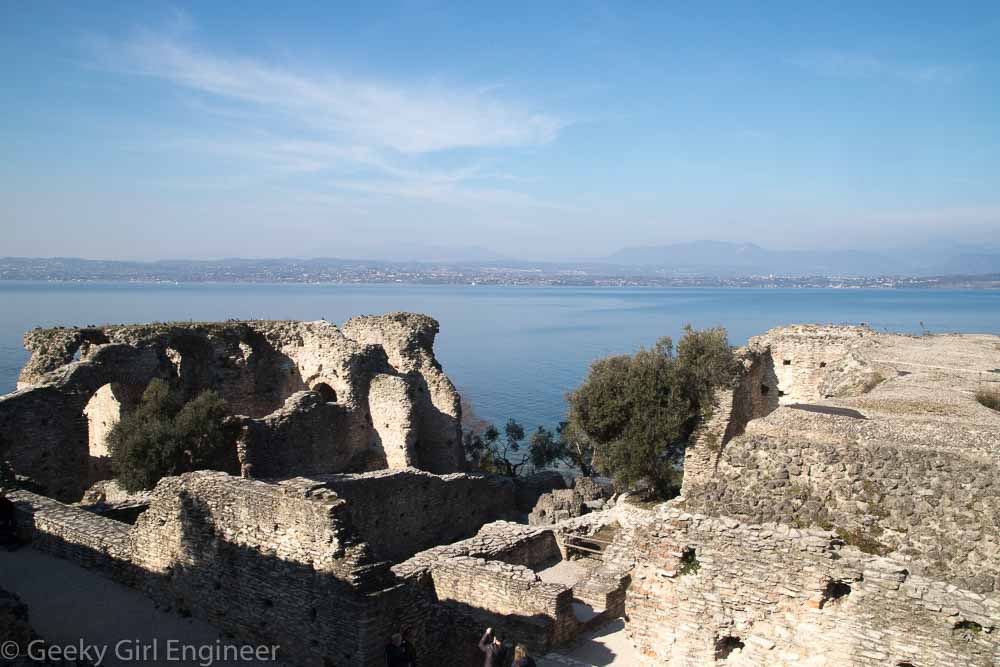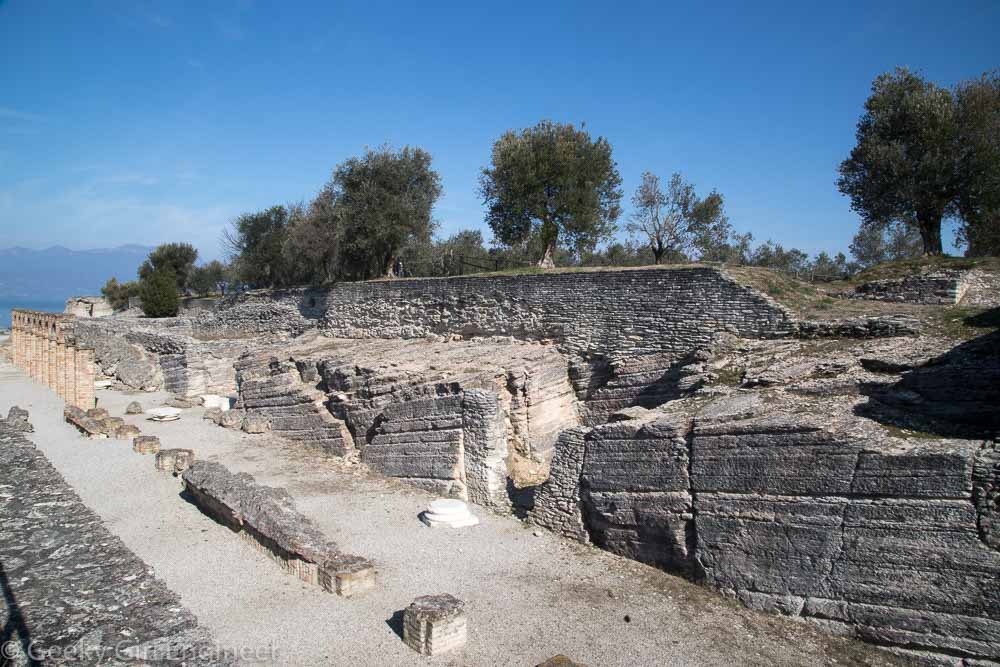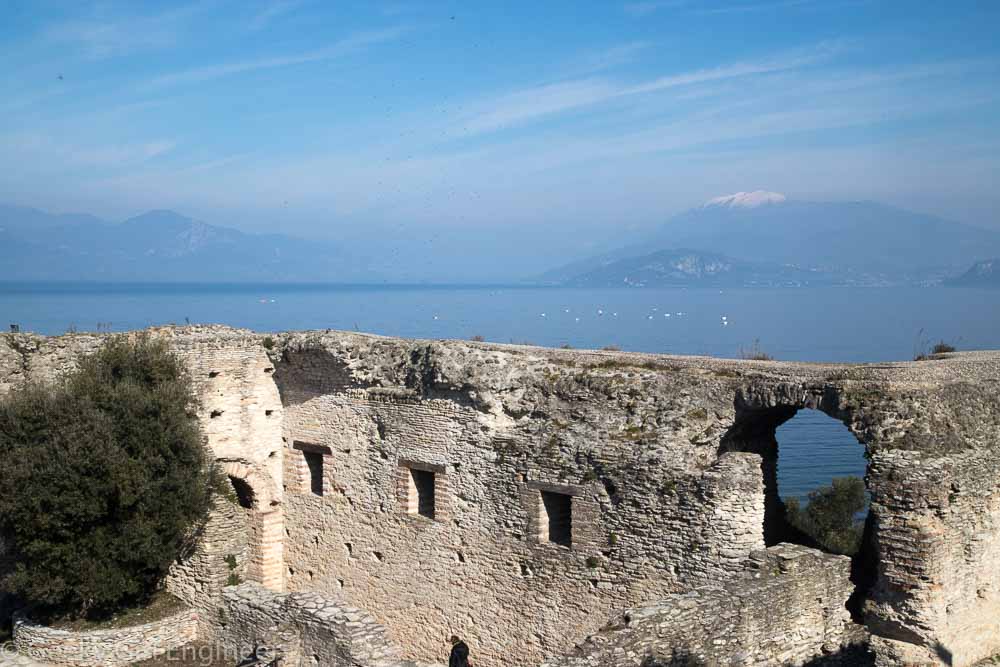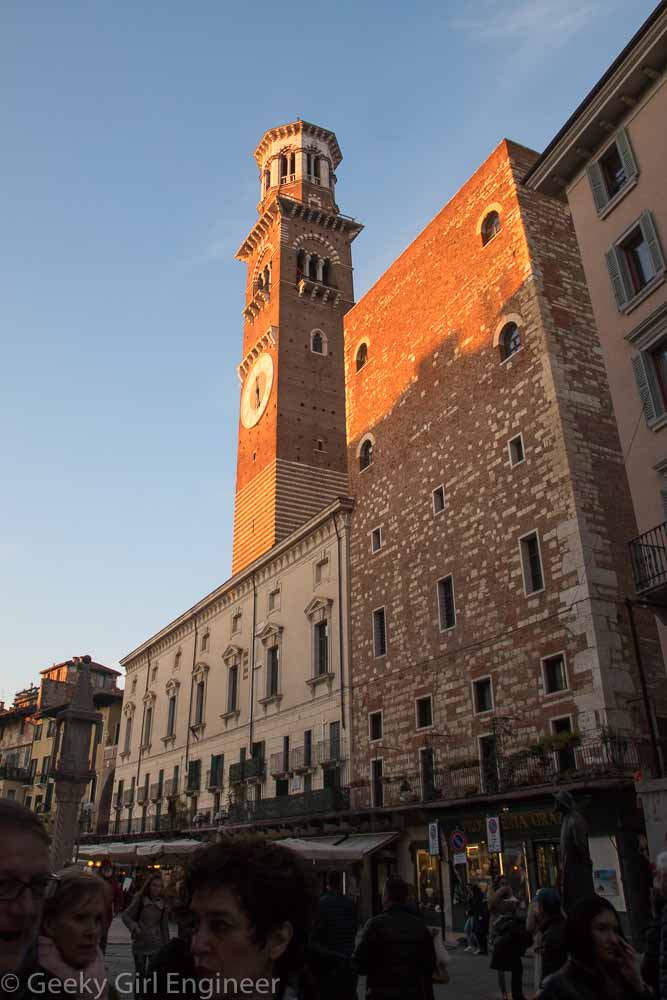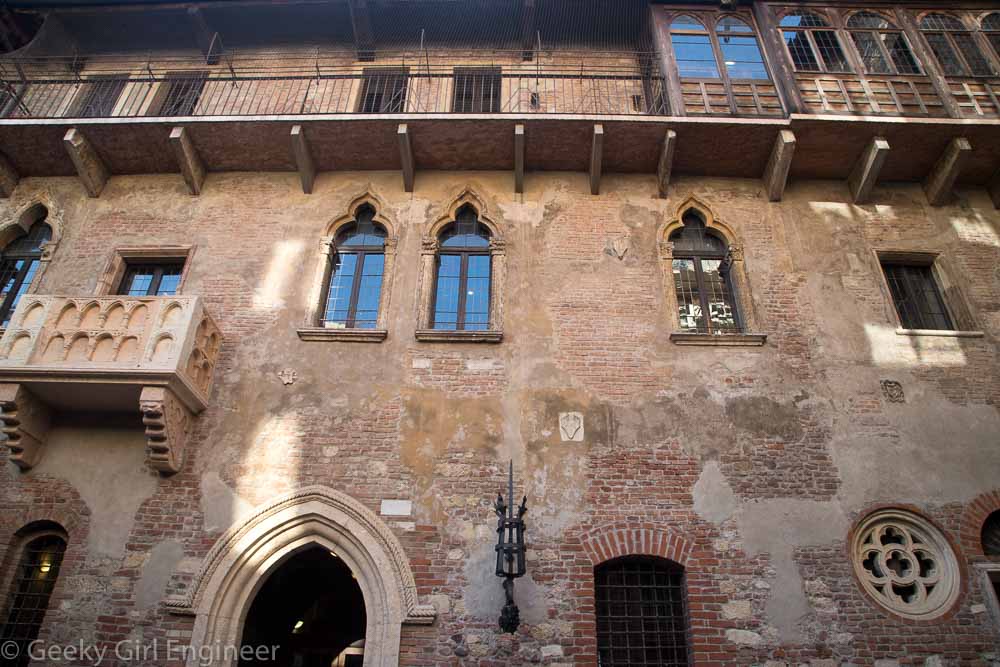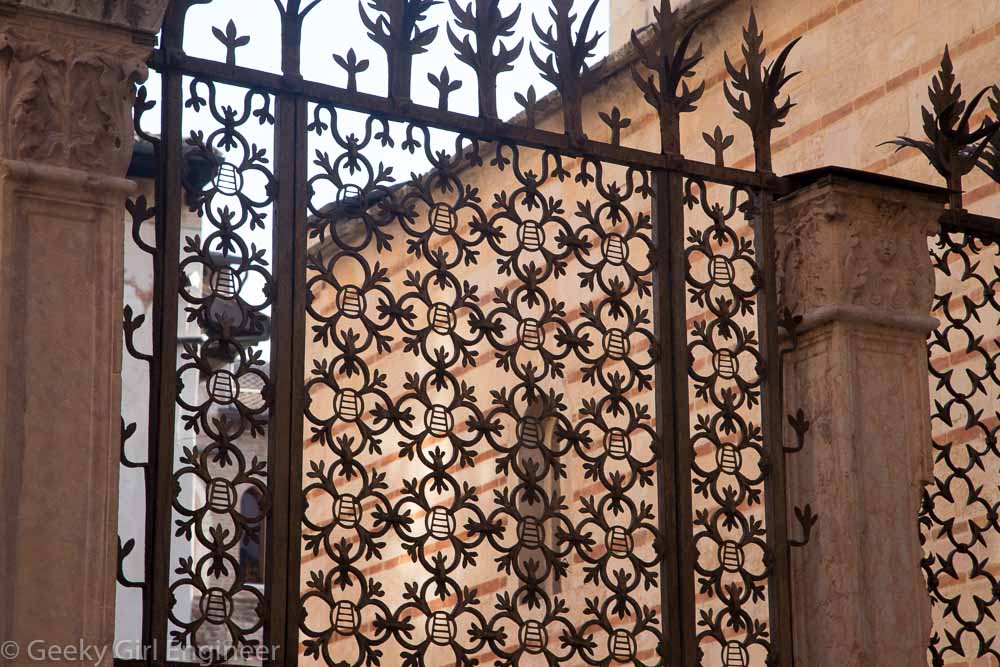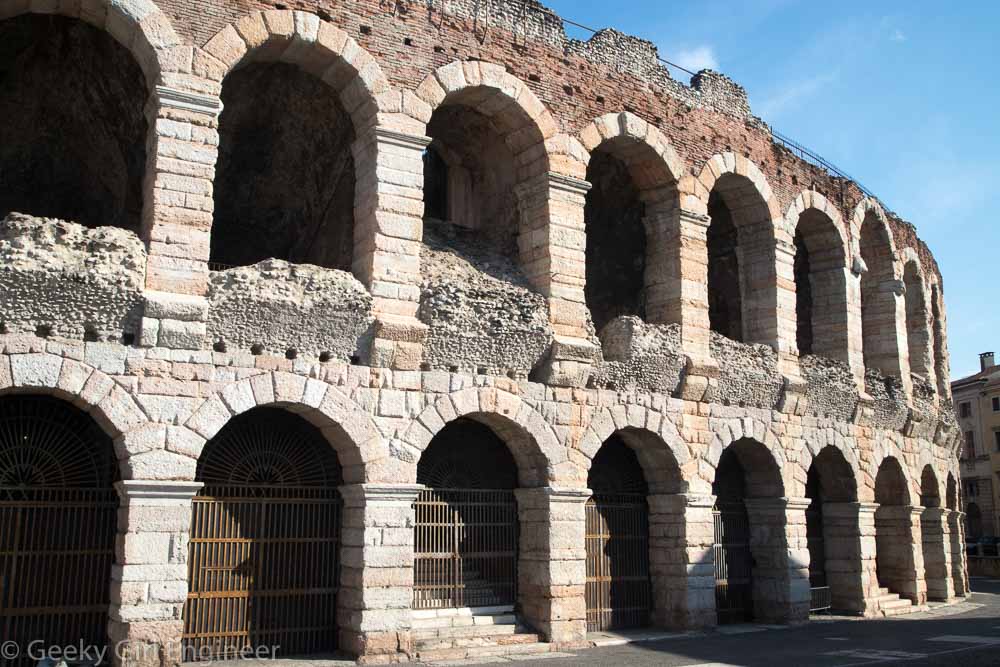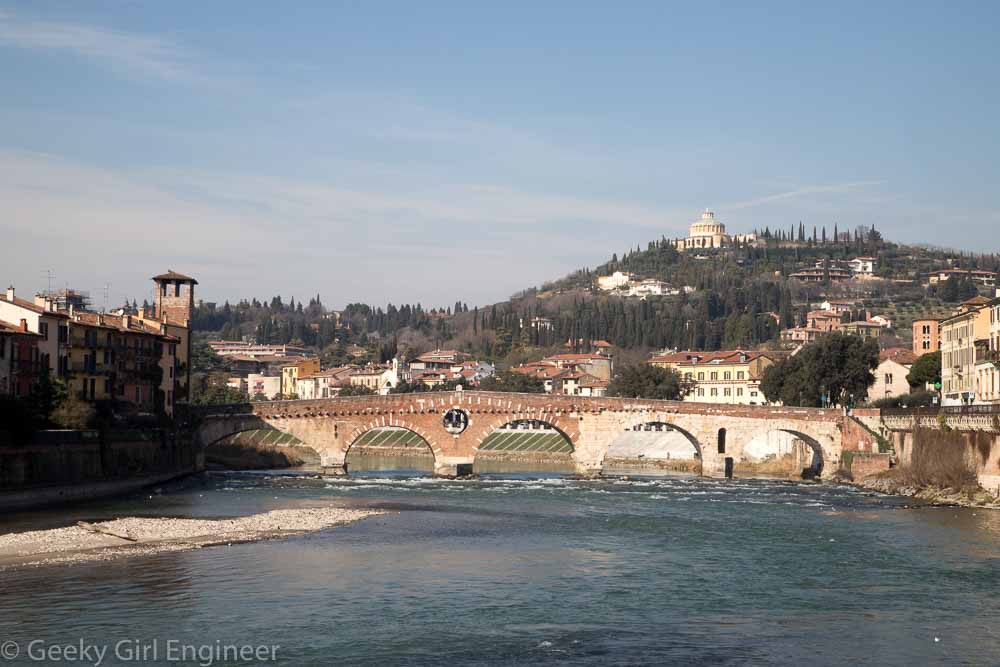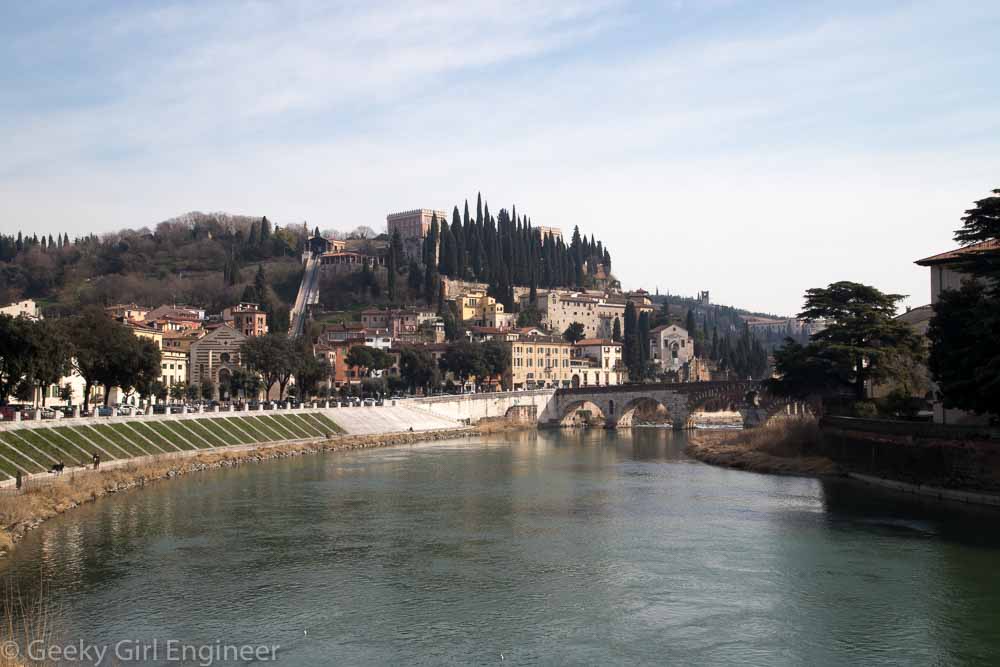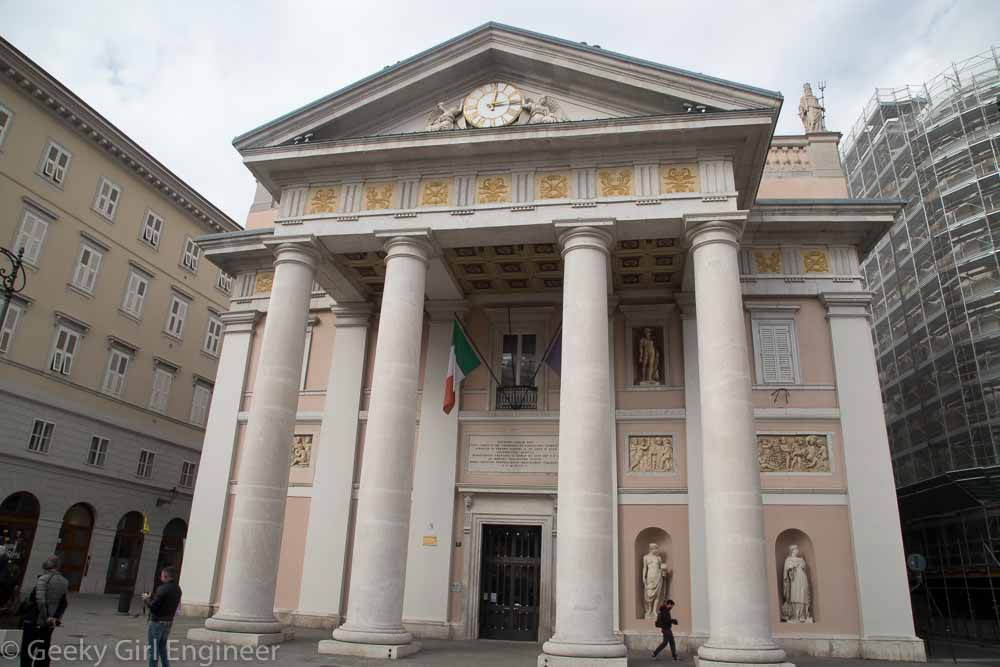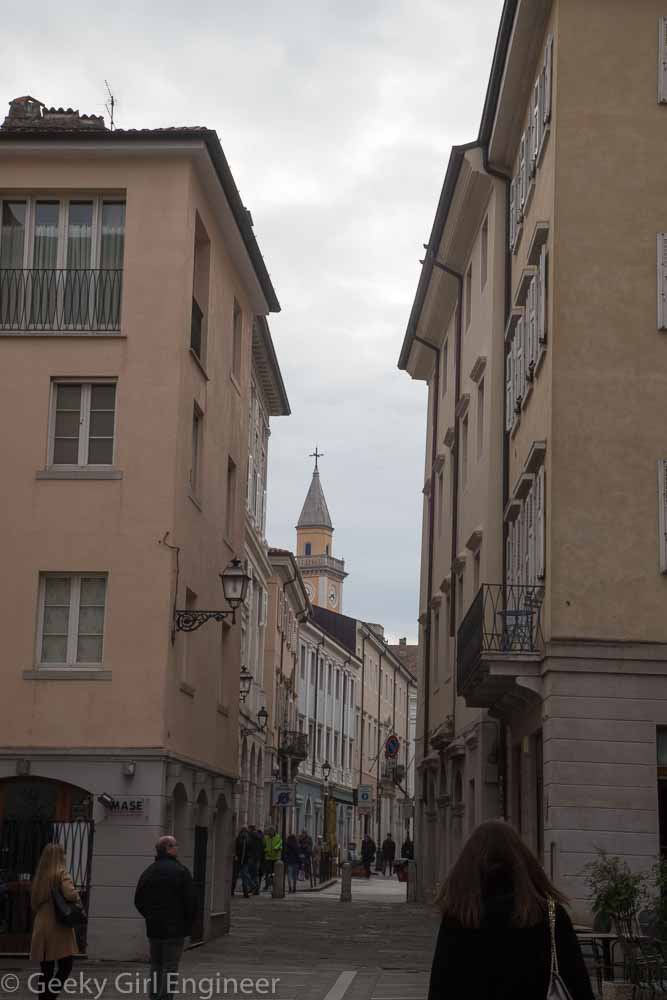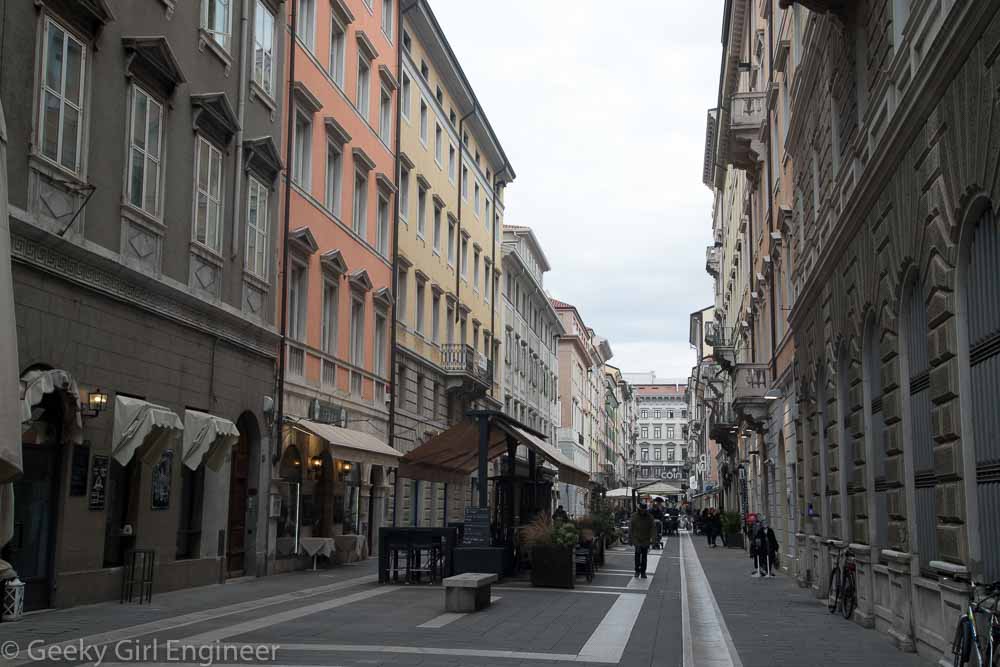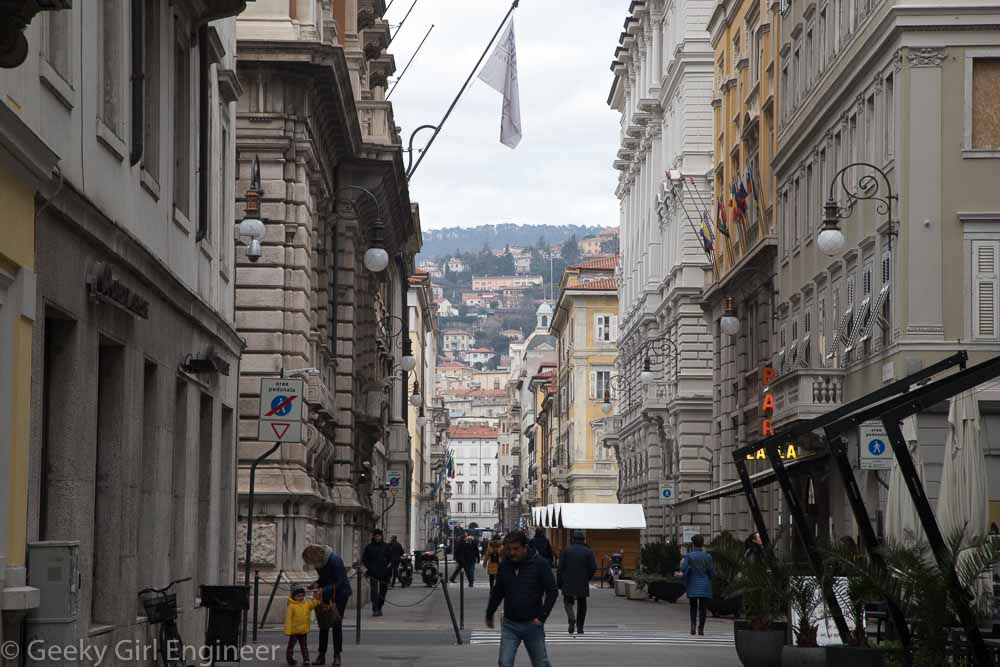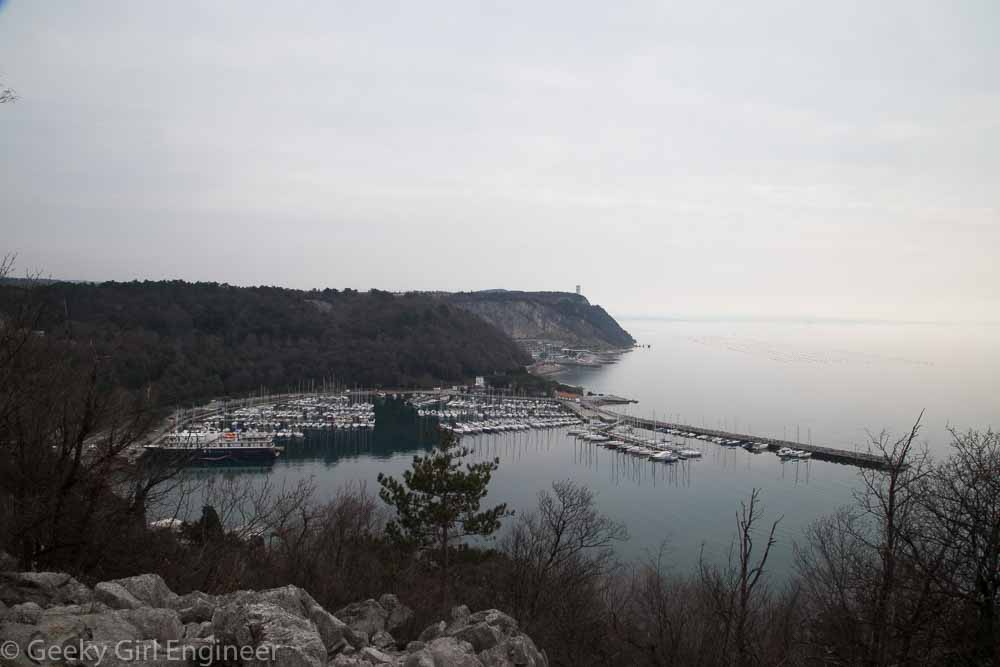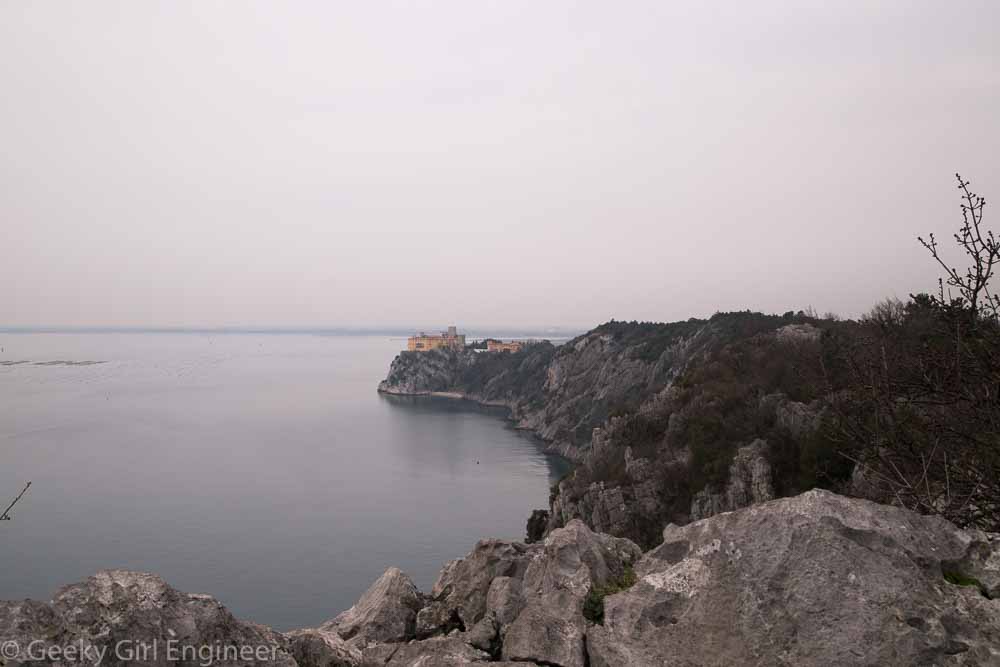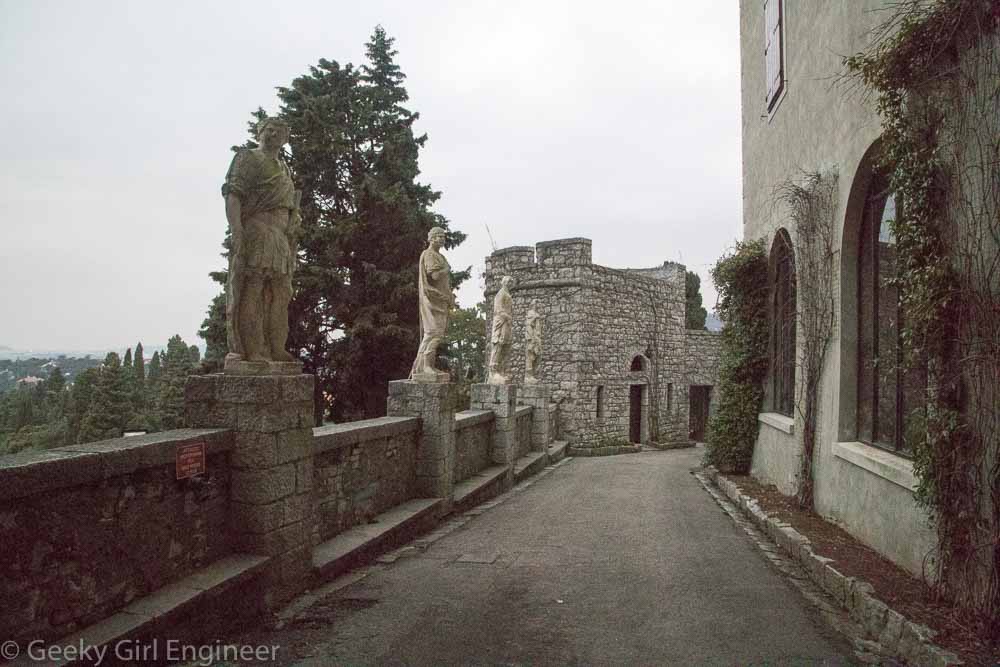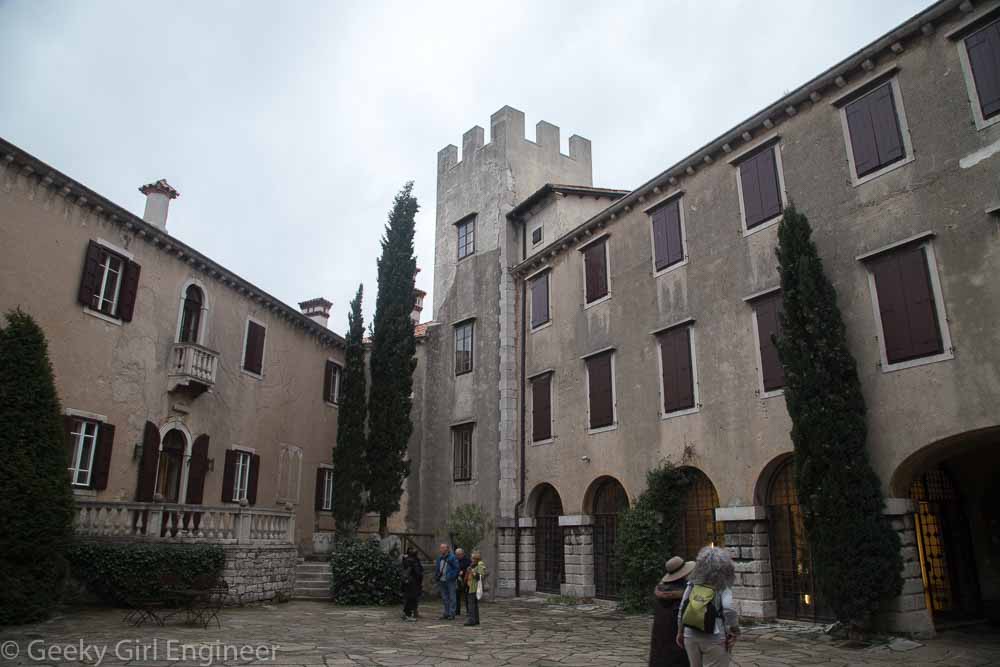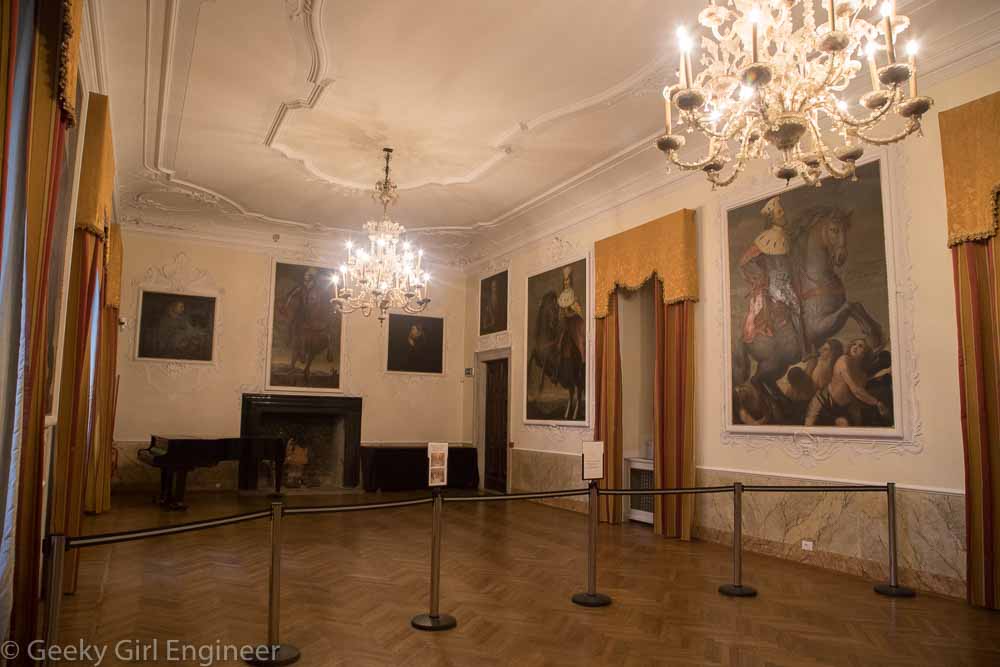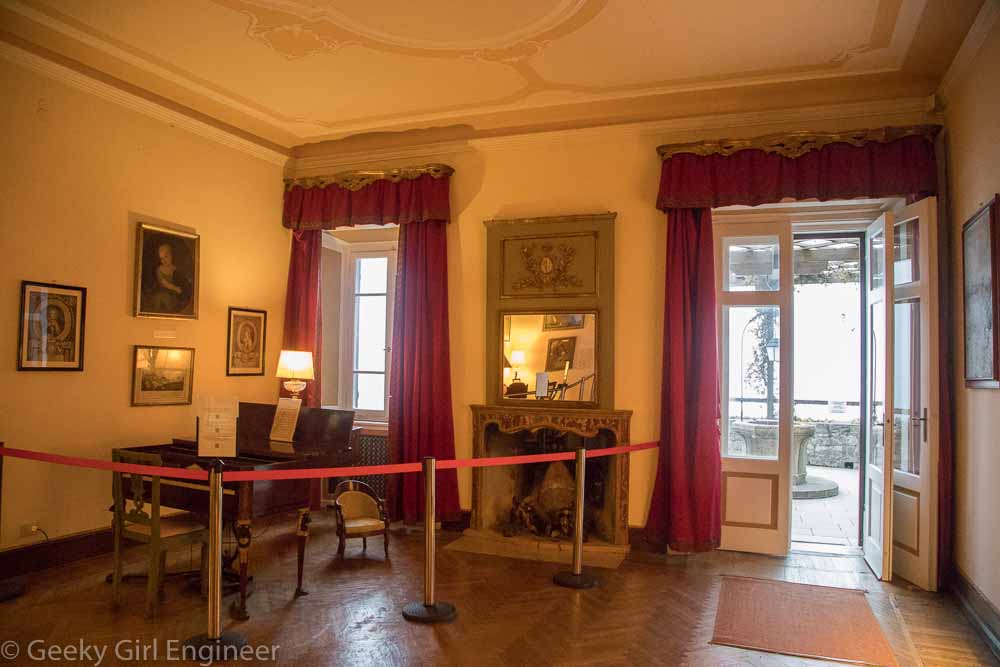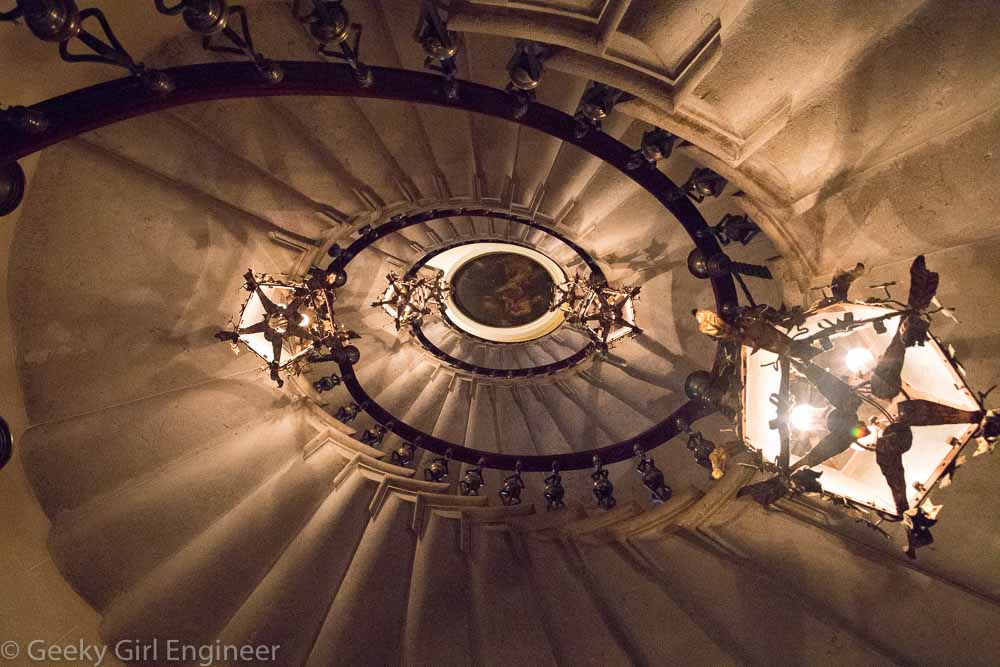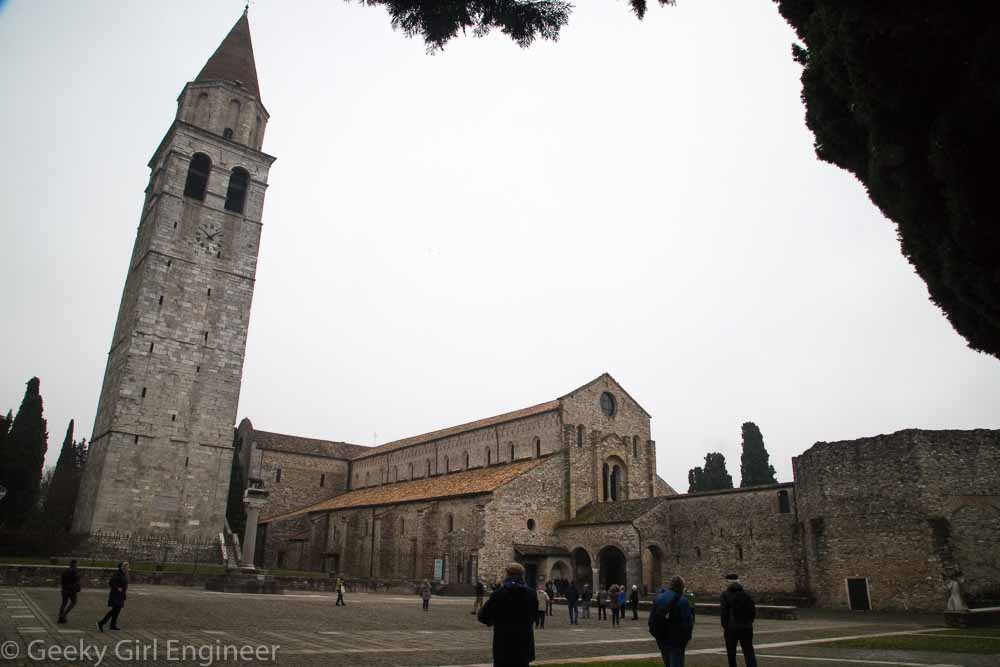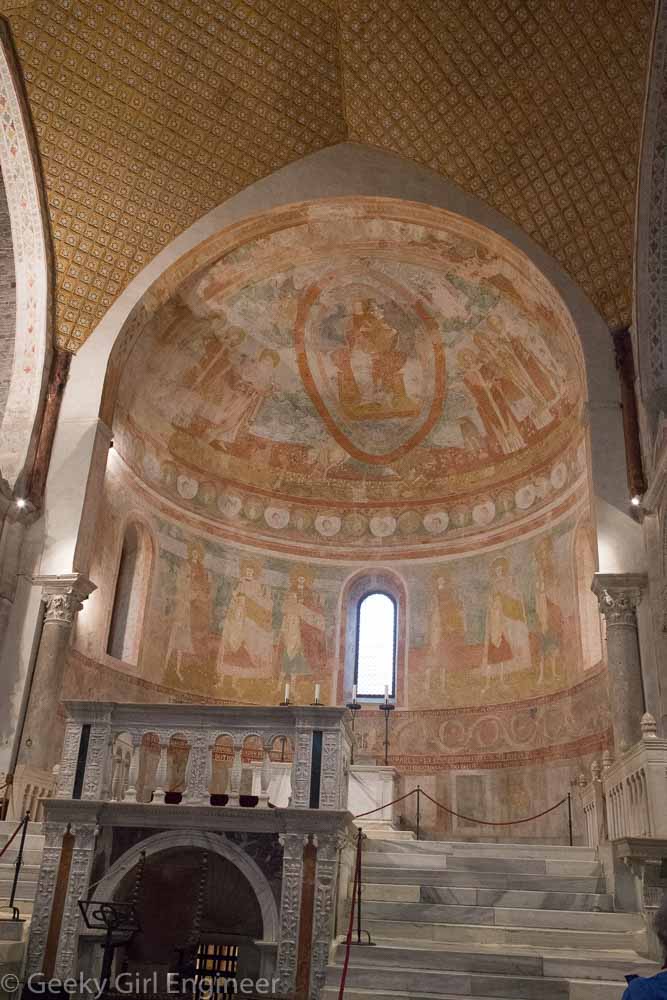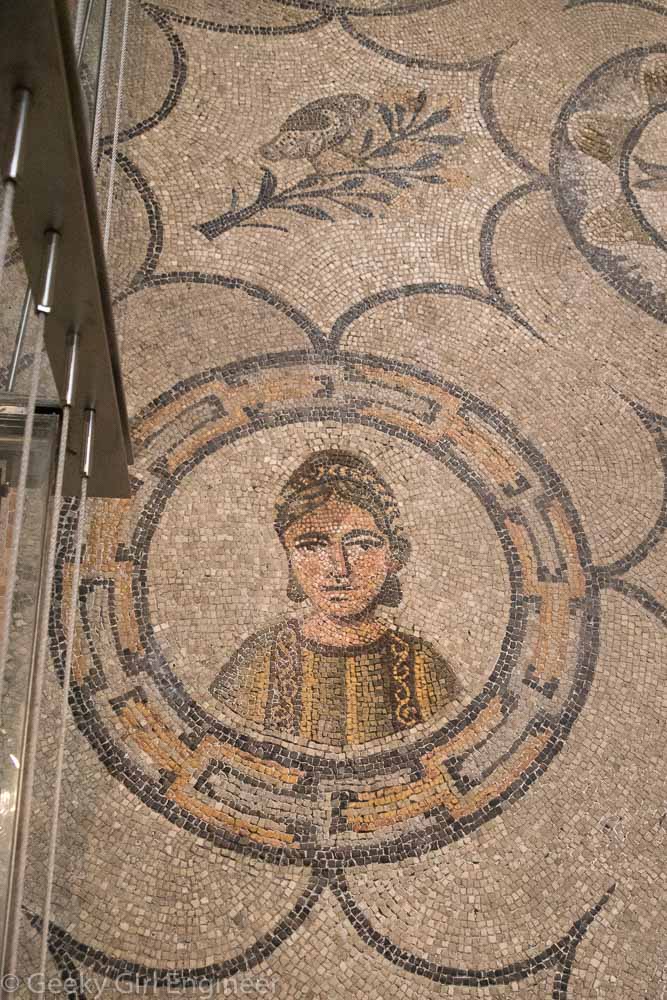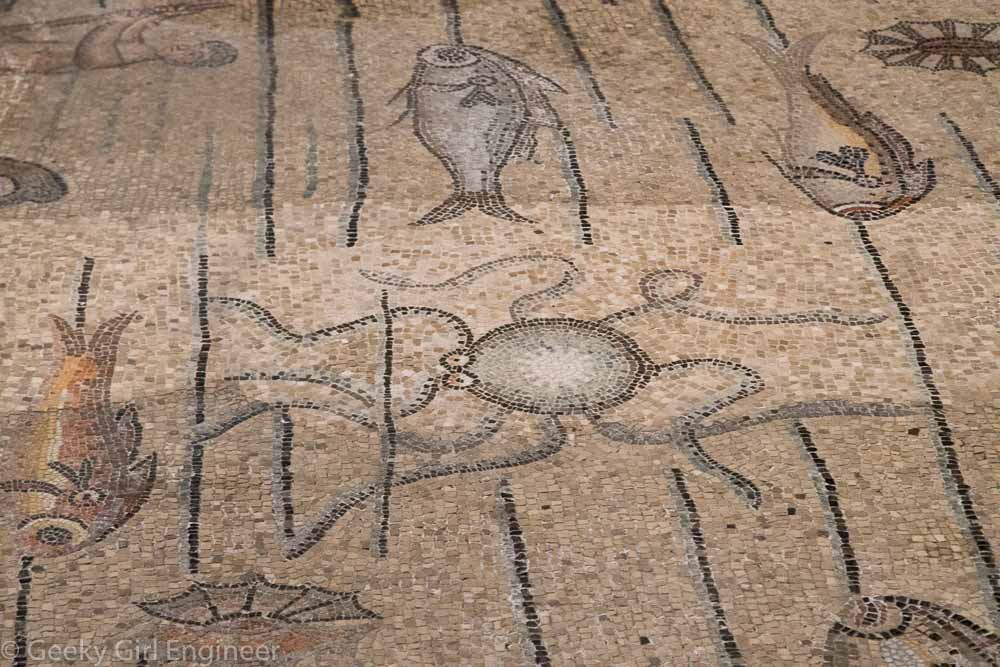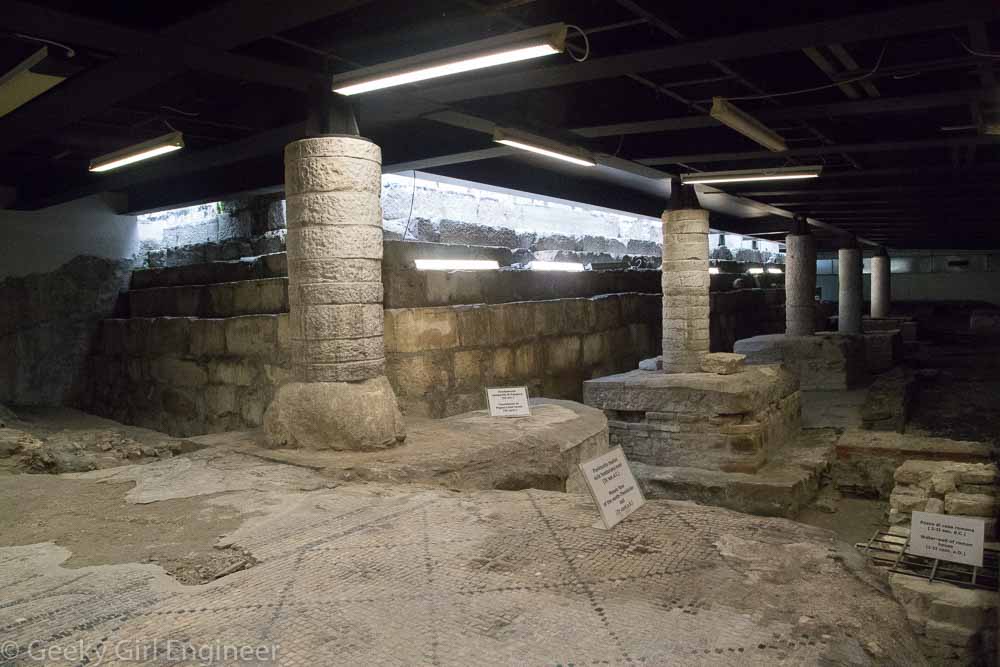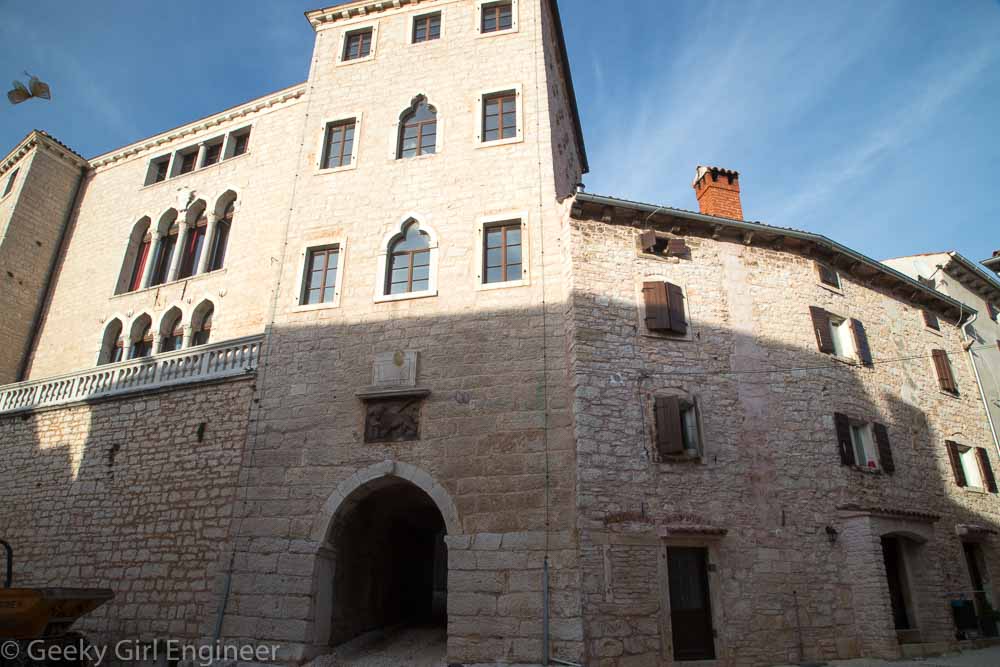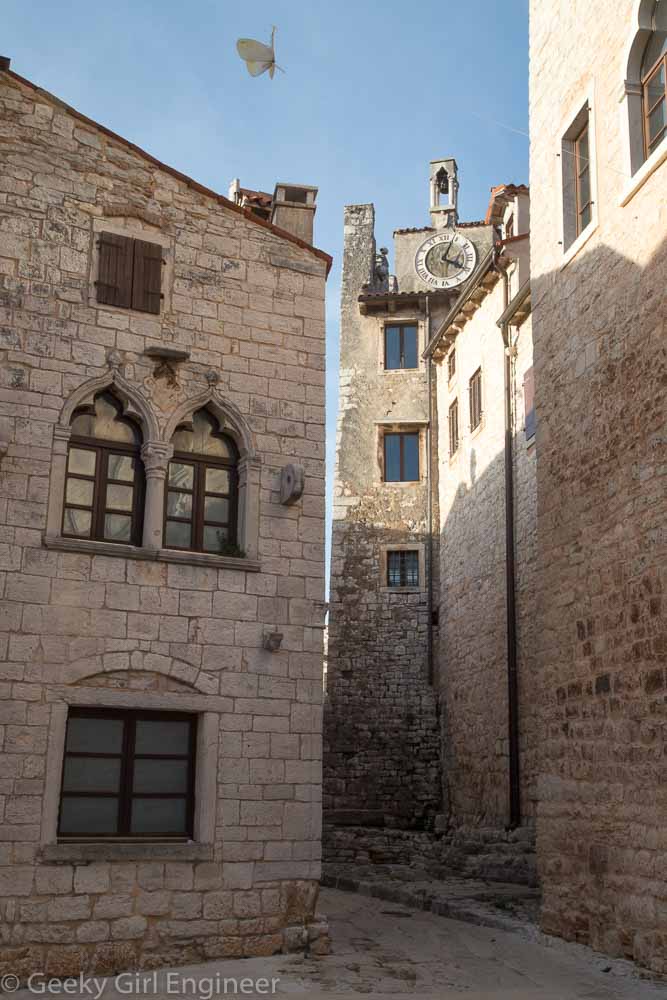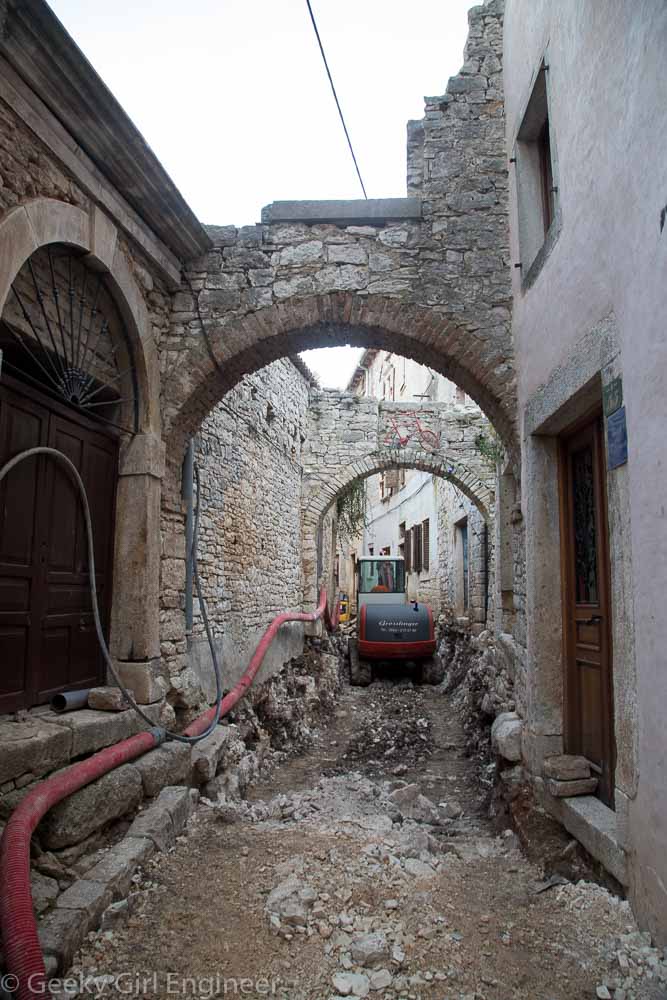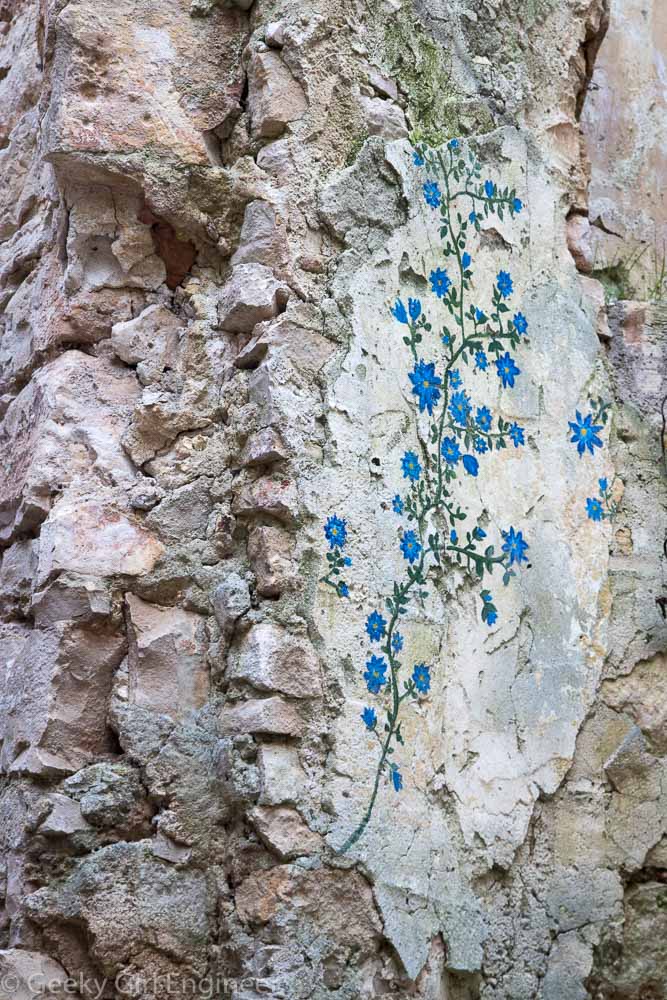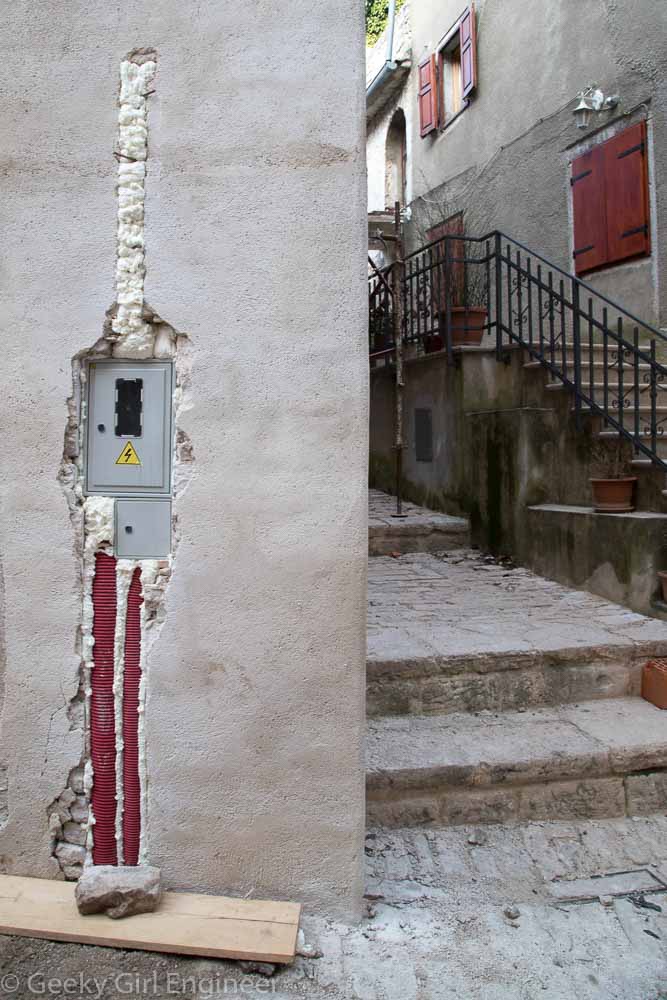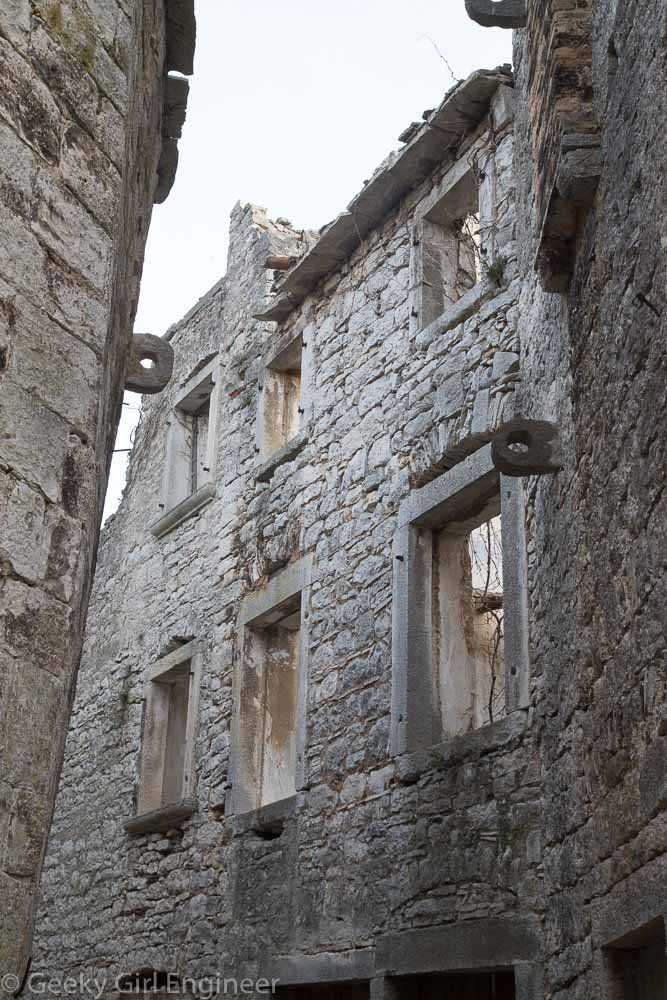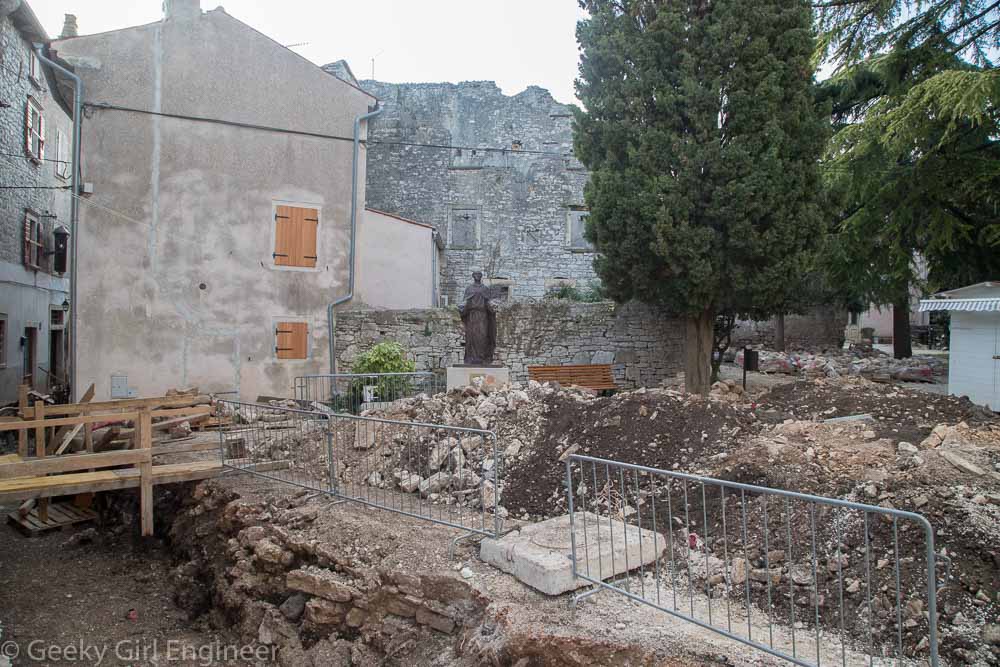I went to New York City for a quick trip and finally did one of those tourist things that are generally on the last of my list to do. On several occasions, I have traveled to tour a wastewater treatment plant or landfill or some other engineering work, but pure tourist locations are things I go to if I can fit them into my schedule. I visited the Statue of Liberty a couple of decades ago, and I would like to go again. However, for this trip, I visited Ellis Island, partly because they had spots on the hard hat tour of the work being done there available. An interesting historic site plus engineering work definitely fits the bill of my interests. The original Ellis Island immigration building is open including the restored Great Hall (i.e. Registry Room) with numerous interesting exhibits. The hard hat tour however allows you to tour parts of the hospital on the other side of the island that are being stabilized and restored. The buildings are fascinating, especially from a modern viewpoint. [This immediately makes me wonder how someone in 100 years will view our buildings such as hospitals.] I also find the work being done to restore the buildings fascinating. The hard hat tour is a great way for the National Park Service to highlight work that is being done and needs to be done when there is funding. The tour is very informative, but I have to admit the tour could be a lot better. The main problem with the tour is trying to hear the tour guide. There is no audio technology used. It was only how loud the guide talked, and the guide I was with did never bothered to find out if those at the back could hear what he was saying. He rarely waited for everyone to catch up before talking, and as I was generally in the back trying to get photos, I missed half of what he was saying. The audio problem is compounded by the fact that area being toured is an active worksite, so there were also lawnmowers, banging, and other equipment noise in the background. Still, touring the area was fascinating and informative.
Note with the photos below that most of the buildings being restored have had all their windows covered with plywood that has a small plastic window and a ventilation panel. The plywood prevents the elements from getting in and further degrading the structures, and the window and ventilation panel helps prevent mold from growing inside the buildings.

